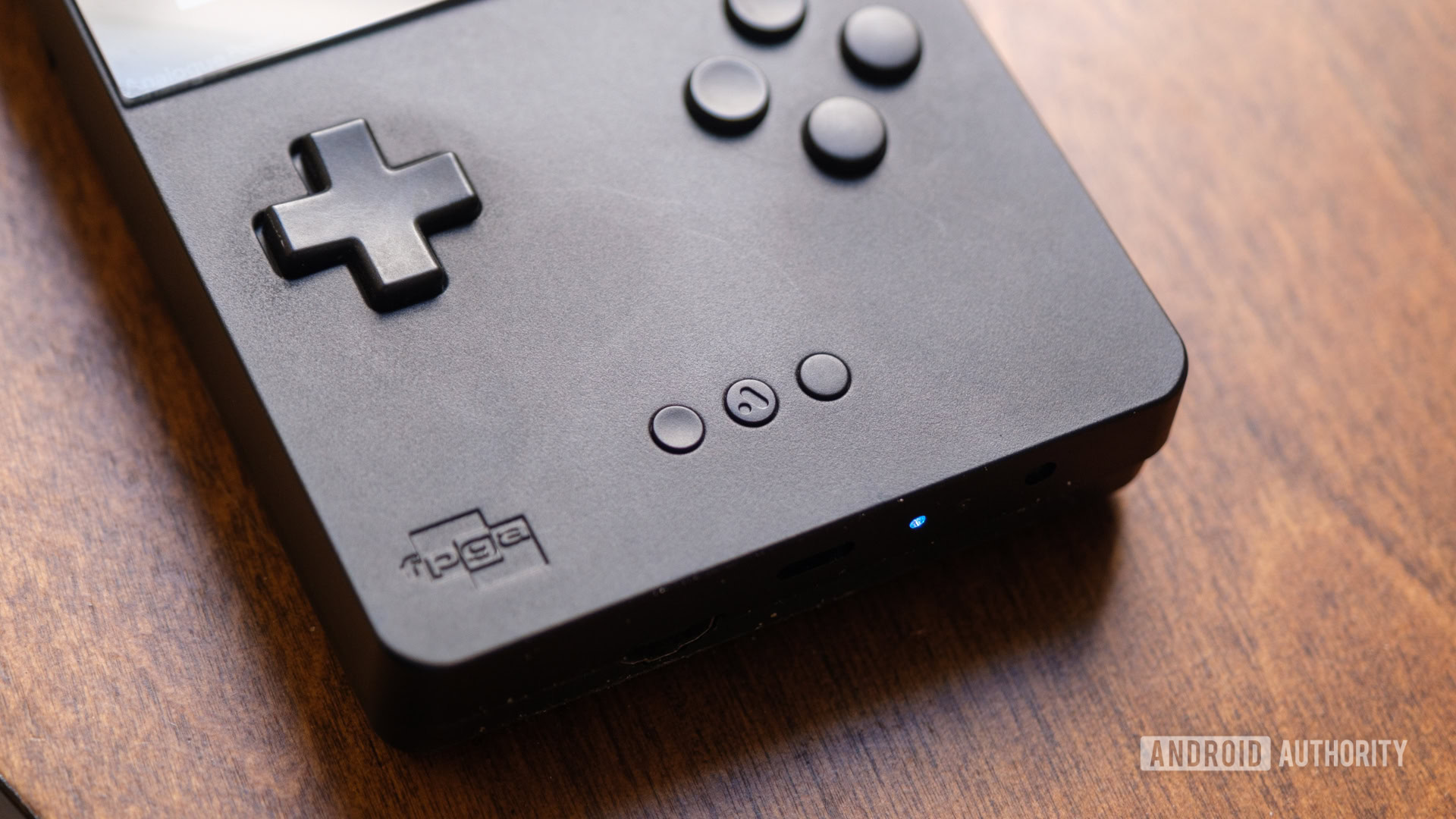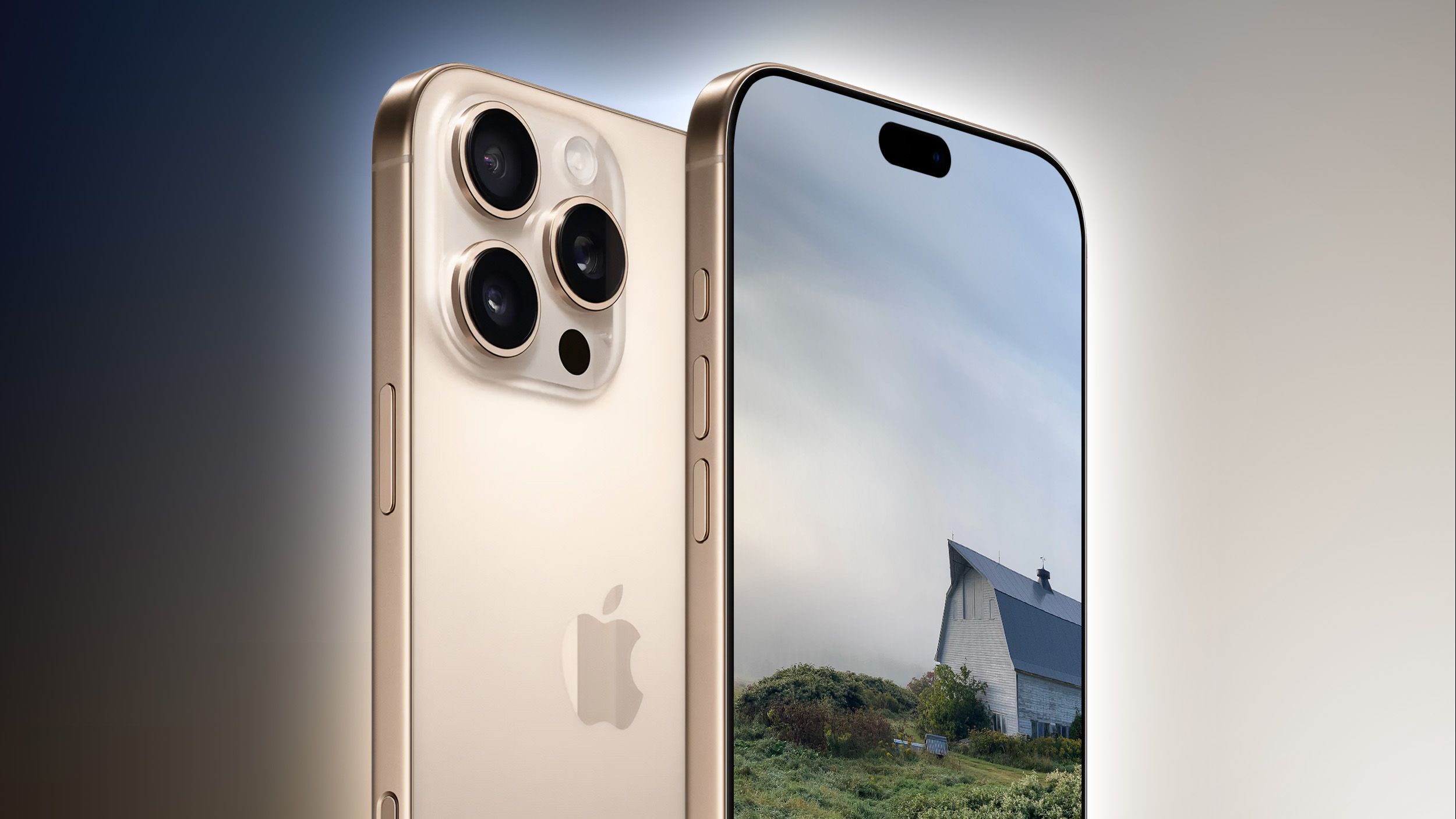Ryan Haines / Android Authority
When it comes to retro gaming, it can be difficult to get your hands on original hardware. Even if you can, most retro consoles won’t match modern televisions, so the experience will be noticeably worse than it was decades ago.
Fortunately, there are ways around this. The largest rely on hardware emulation via FPGAs, software emulation, or a combination of both. If you’re just starting your journey, here’s a quick overview of both, and how I and other members do it Android Authority use them all to relive the glory days.
What is FPGA Emulation?
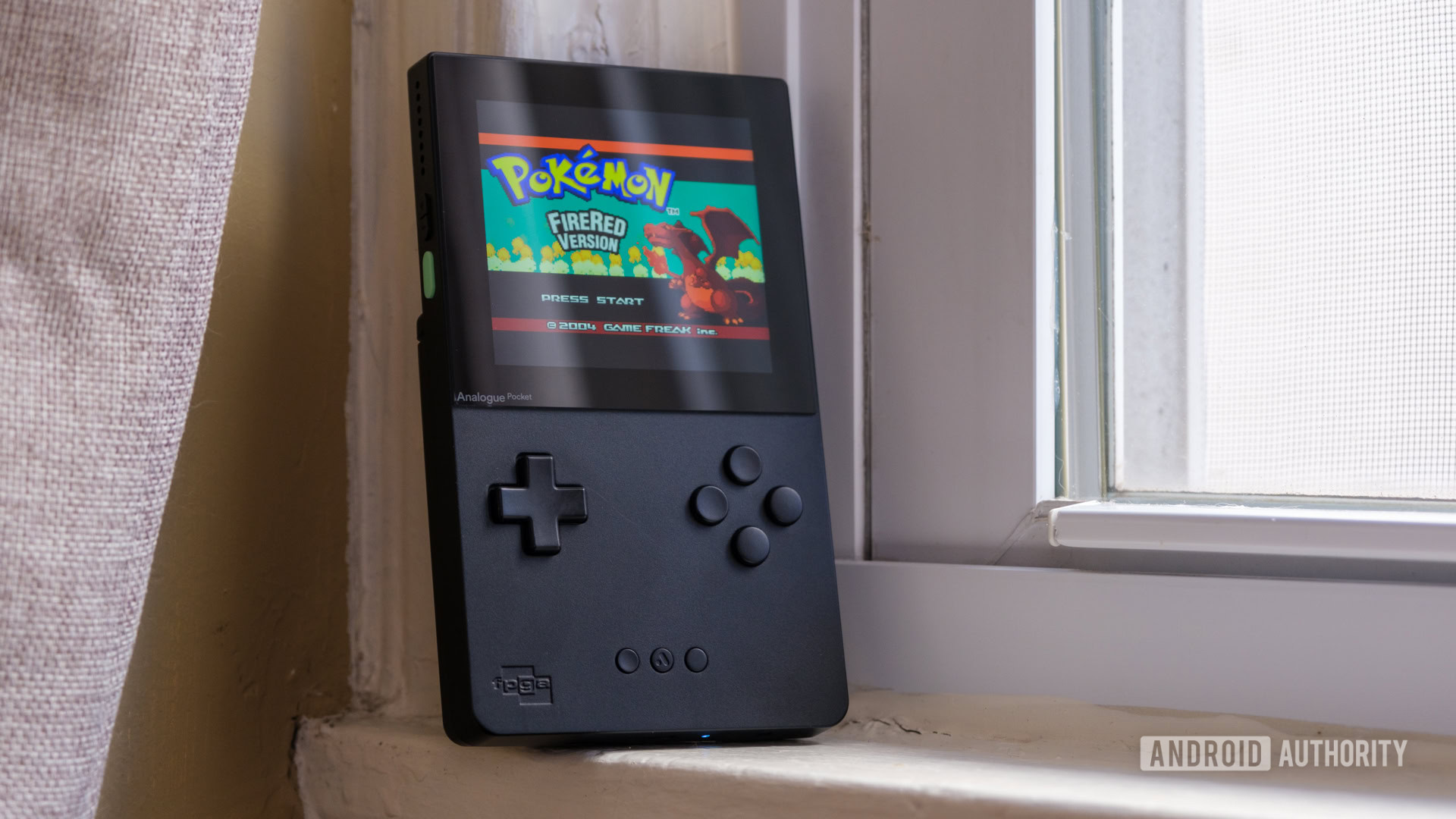
Ryan Haines / Android Authority
FPGA emulation, or field-programmable gate array, relies on an integrated circuit to effectively reproduce the logic of the original console hardware. It’s not the same chip, so emulation still takes place, but the goal is to process information in exactly the same way using console-specific cores. Often they can be used to play cartridges and other retro games without adapters, with updated hardware allowing for things like HDMI output and internet connection.
One of the best-known examples in recent years is the Analogue Pocket. My colleague Ryan Haines picked one up to play his collection of physical GBA games on a more modern device after his aging GameBoy Advance SP finally died. The company has previously released similar FPGA-based devices emulating the NES, Super Nintendo, classic SEGA consoles, as well as an upcoming device for the Nintendo 64.
Analogue is the most recognizable brand in FPGA gaming devices.
Another popular FPGA device is MiSTer. This is a more general purpose device that can emulate multiple consoles in one using different cores, but typically requires more setup. These are available from many different companies in different packages, but they typically all use the same DE10-Nano PCB from Terasic.
Other FPGA devices take the opposite approach. By inserting the FPGA into the cartridge, you can play ROMs of your favorite games on the original console hardware. This is what my colleague Stephen Schenck does with FPGA cartridges from Everdrive. This allows him to play games on a CRT television for the most authentic retro experience possible.
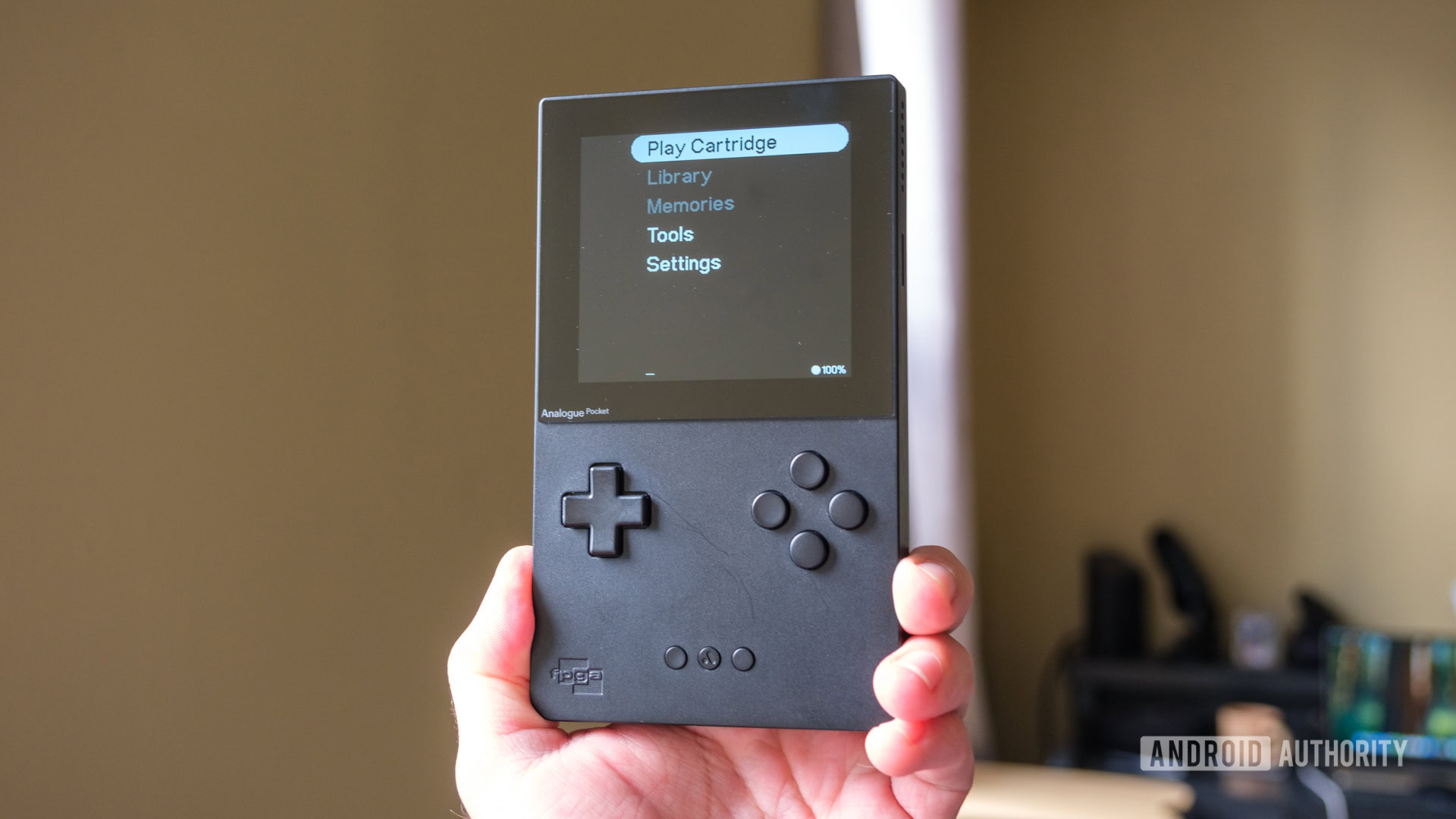
Ryan Haines / Android Authority
There are even more benefits to FPGA emulation staying true to the original hardware. Things like tick rates and other little quirks of retro consoles that software emulators often overlook are completely retained. Because there is no heavy software layer translating the input, FPGA devices also have low latency. This won’t be a problem for most gamers, but it can help with frame-perfect tricks and other tight timings.
Of course, all this comes at a price. FPGA devices can be very pricey, costing more than the original consoles they try to emulate. They are also unable to emulate more recent consoles due to hardware limitations.
Advantages:
- Accurate retro hardware emulation
- Great performance
- Improved outputs
- Internet connection
- Low input latency
- Low power consumption
Disadvantages:
- Duration
- Difficult to set up
- Cannot emulate recent consoles
What is software emulation?
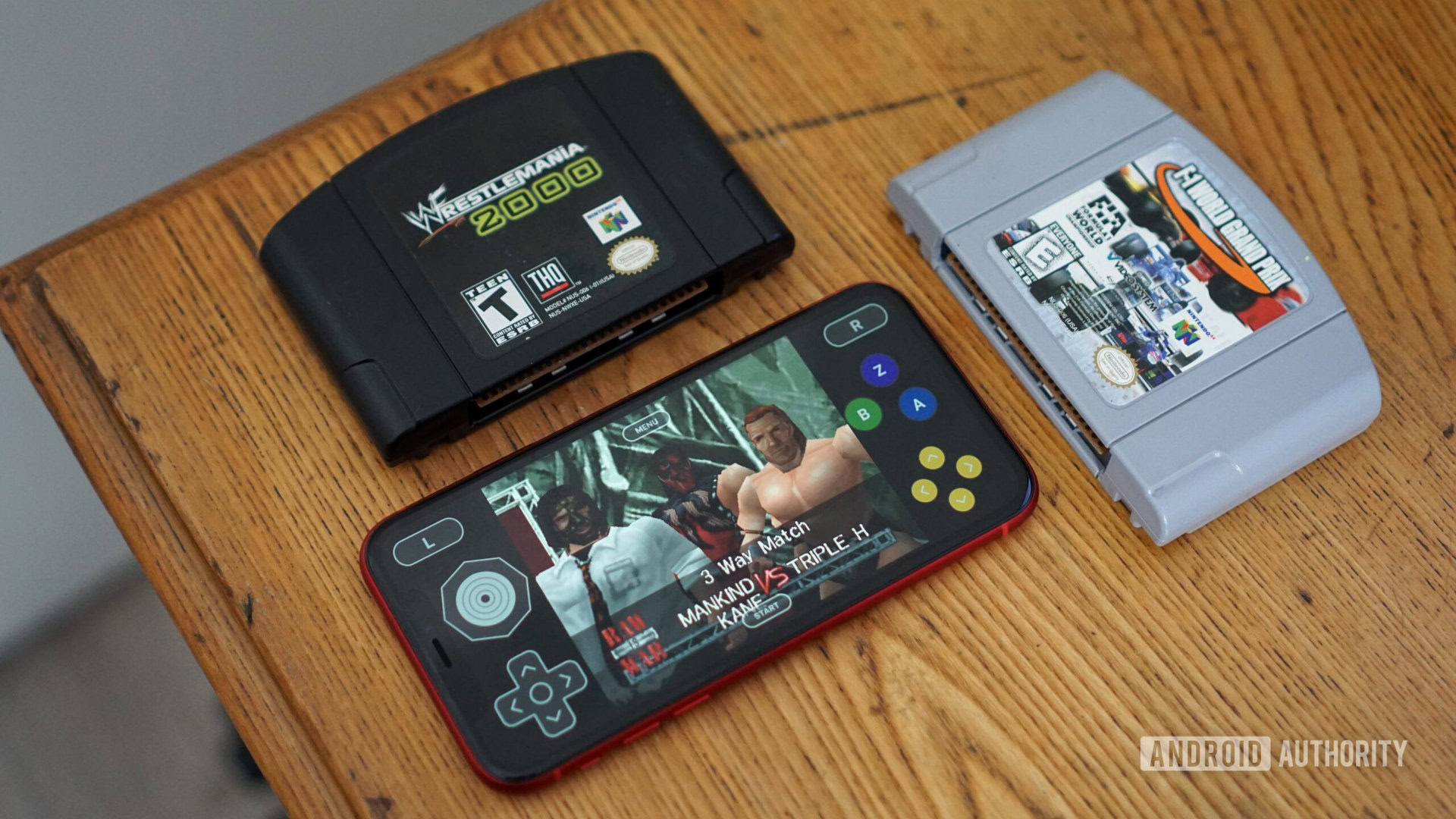
Hadlee Simons / Android Authority
Software emulation is probably what you think of when you think of playing retro games on a PC or gaming handheld. These use software to emulate retro hardware on Windows, Linux, Android, iOS or another platform. The nice thing about this approach is that more powerful hardware can directly translate into better performance. My testing shows that any flagship phone from recent years can easily play PlayStation 2 or Dreamcast games, with many Nintendo Switch titles also within easy reach.
Of course, the quality of the emulator is also important. Fortunately, there are many dedicated developers for most platforms, with different options for each console. If a particular game doesn’t run well on a particular emulator, you can try another emulator and hope for better results. Playing with settings can also help.
Software emulators are more versatile, especially on more powerful devices.
Speaking of settings, software emulators have many more options to enhance the core retro gaming experience than FPGA devices. These include everything from shaders and upscaling to online play and RetroAchievement support. You don’t have to use any of these if you just want a simple experience, but investing some time to learn the settings can pay off.
If you’re looking for a simple experience, software emulation is great for that too. EmuDeck, Retrobat, EmulationStation, RetroArch and others will run all your emulators from a single interface. You can also download individual emulators if you are only interested in a few consoles.
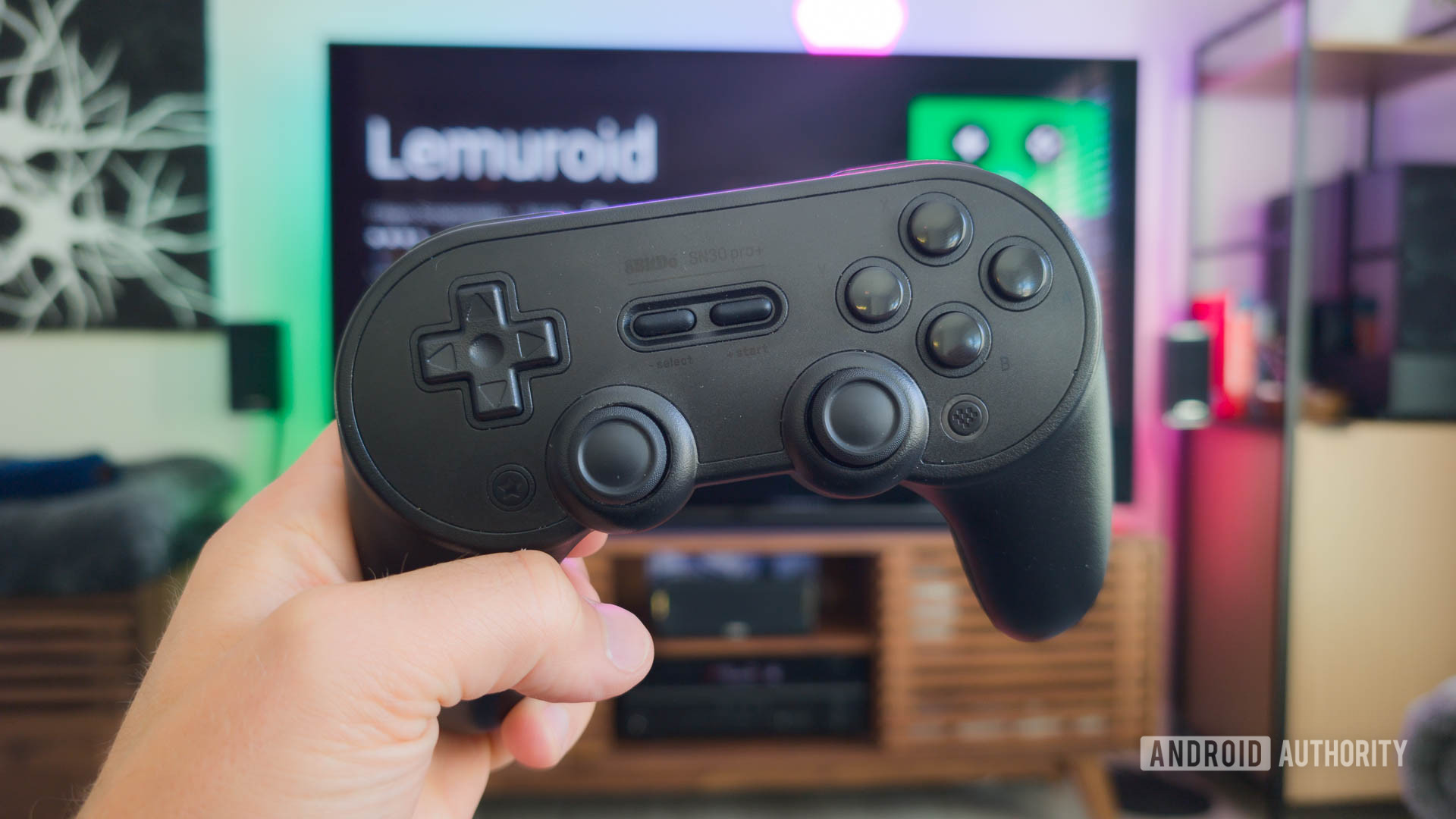
C. Scott Brown / Android Authority
Software emulation has few downsides, although it can be difficult on some consoles like the N64 or Sega Saturn, which have unique architectures. Things are always lost in translation because the software is essentially just trying to create the same end result using modern code. Most modern devices can handle this, but it often comes with significant compromises. For example, games may run slower or have graphical problems.
Regardless, power consumption and minimum specifications are significantly higher for software emulation than for FPGA devices. For retro consoles from the 8 or 16 bit era this isn’t a problem, but once you get to sixth generation consoles like the PS2 you’ll need a decent computer or a flagship smartphone from recent years. Check out our Android emulator guide to see what your phone can run.
Additionally, a small amount of latency is always added when the software translates your input. Personally, I don’t even notice it at the moment, but it’s worth noting when comparing them to FPGA devices.
Advantages:
- Easy to find and set up
- Free or cheap
- Take advantage of existing hardware
- Numerous improvements
Disadvantages:
- Not 100% accurate
- Slightly higher latency
- Higher power consumption
- Higher specifications
FPGA vs. Software Emulation for Retro Gaming: Which One Should You Choose?
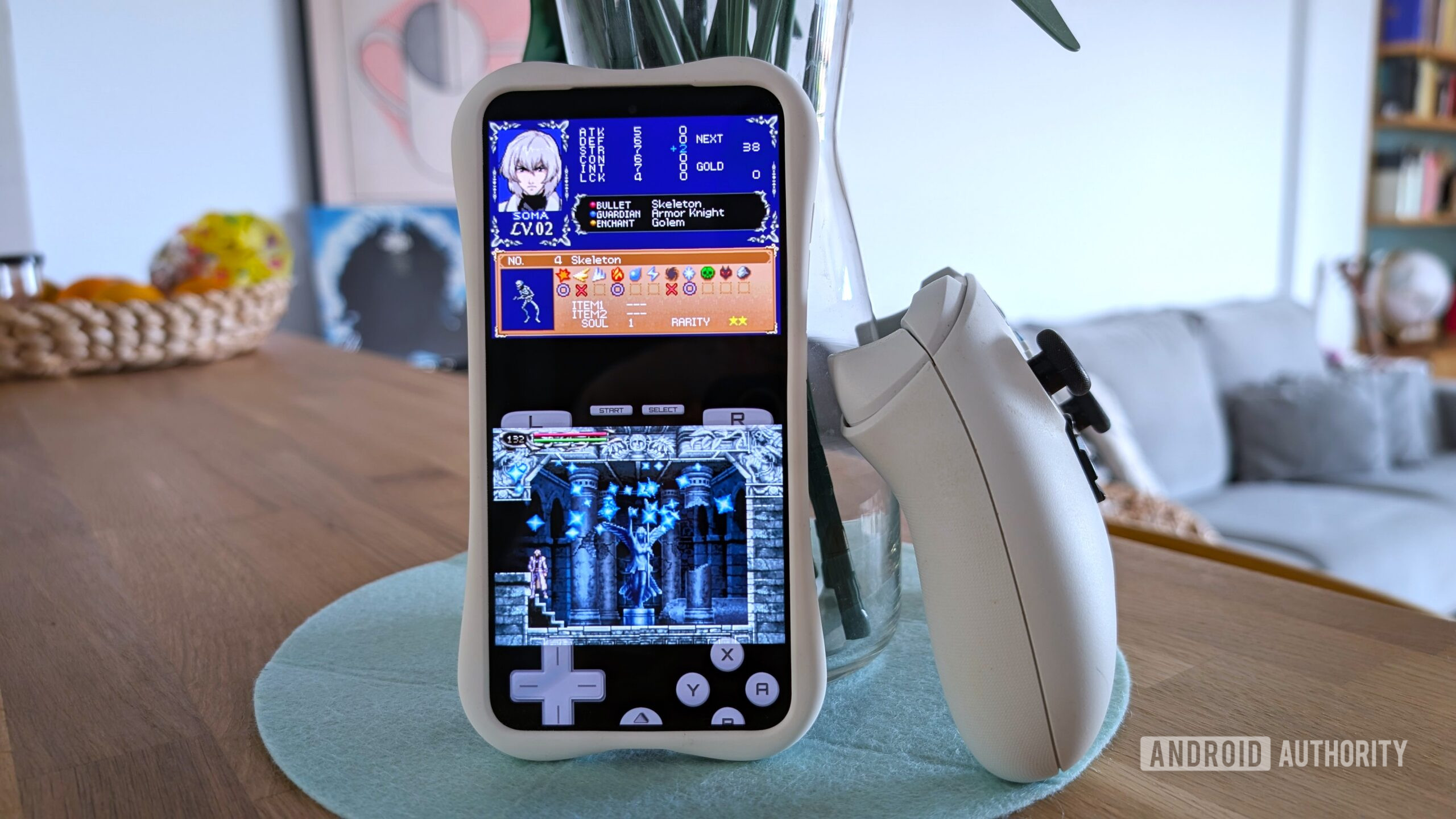
Nick Fernandez / Android Authority
For most people, it’s best to start with software emulation. The barrier to entry is much lower, it’s much more versatile, and the experience is often better than playing on the original retro hardware. You can also use the same hardware you use to read this article, so the cost should be zero. You can easily download an emulator on Android or iOS, but you will have to purchase your own ROMs.
If you want a more specific device, there are numerous retro gaming handhelds that run Android or Linux. These can cost as little as $50, come pre-installed with emulators, and offer a convenient all-in-one form factor.
Would you buy an FPGA gaming device?
6 votes
FPGA devices are more difficult to recommend. They’re generally better than playing on retro consoles, which may also be hard to find, but the price and difficult installation relegate them to more hardcore enthusiasts. Unless you get a device from Analogue, you better enjoy the setup process as much as the gaming.
That’s especially true for the MiSTer, so don’t take that step unless you’re really ready to commit to hardware emulation.

